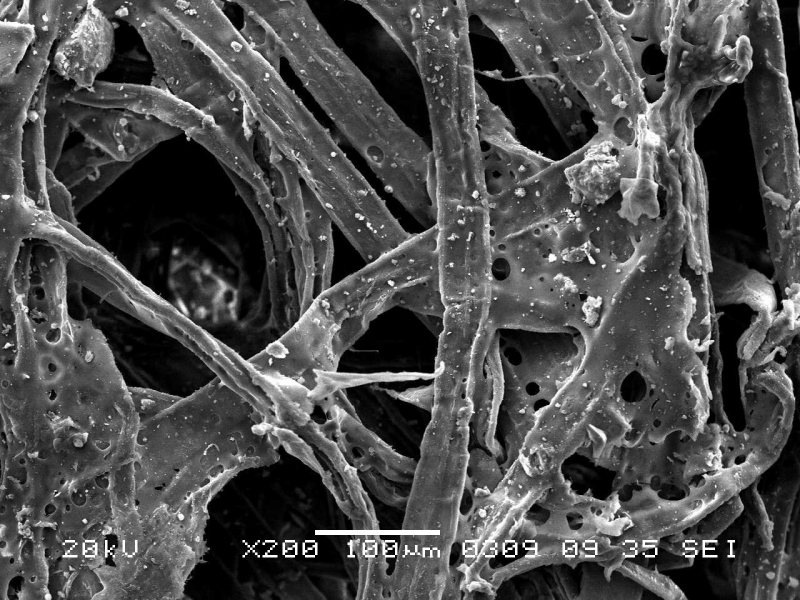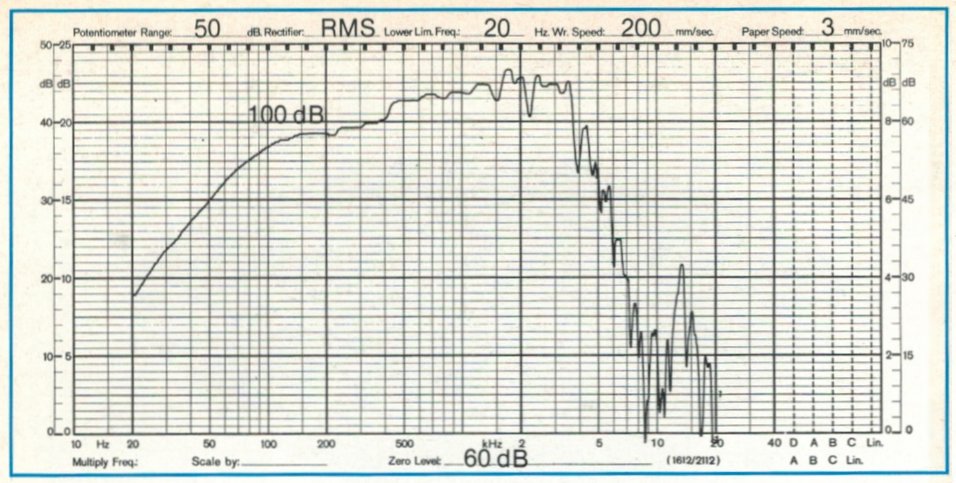I was referring to the Supravox 215 FC that was mentioned, I'd need a boatload of those to arrive at the same surface area. IMO you can only replace surface area by more surface area. Without doing the math, at which I'm terrible, I know the design would become inefficient...perhaps in the a smaller Euronor Junior setup, with a speaker geometry as Dior 'used' in their show last fall.
Going FC likely means $$$$, so three chassis per channel is probably a bit rich, therefore it probably makes sense to go 2"larger diameter and skip one chassis rather than use like 5 chassis per channel....
The Supravox is a full range or windebander (from 50hz to 7khz and then reduced output up to 15khz). You would not want to parallel them, but add them to bass units and a tweeter.













